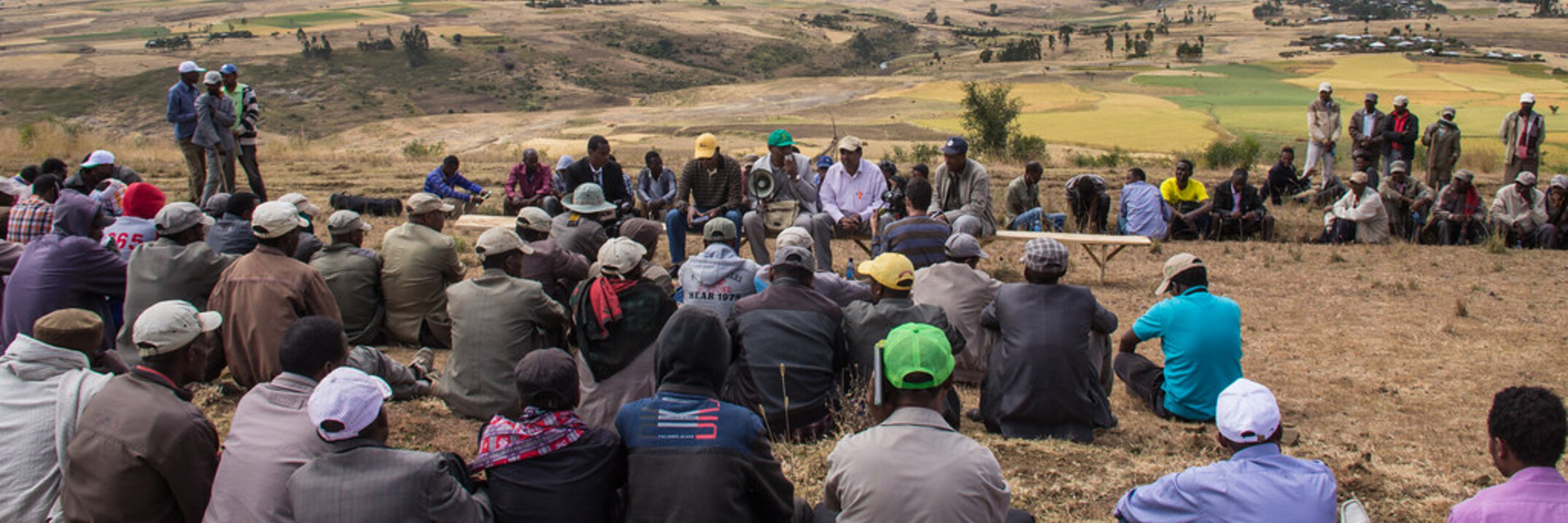In many arid countries, runoff water-harvesting systems support the livelihood of the rural population. Little is known, however, about the effect of these systems on the water balance components of arid watersheds. The objective of this study was to...


